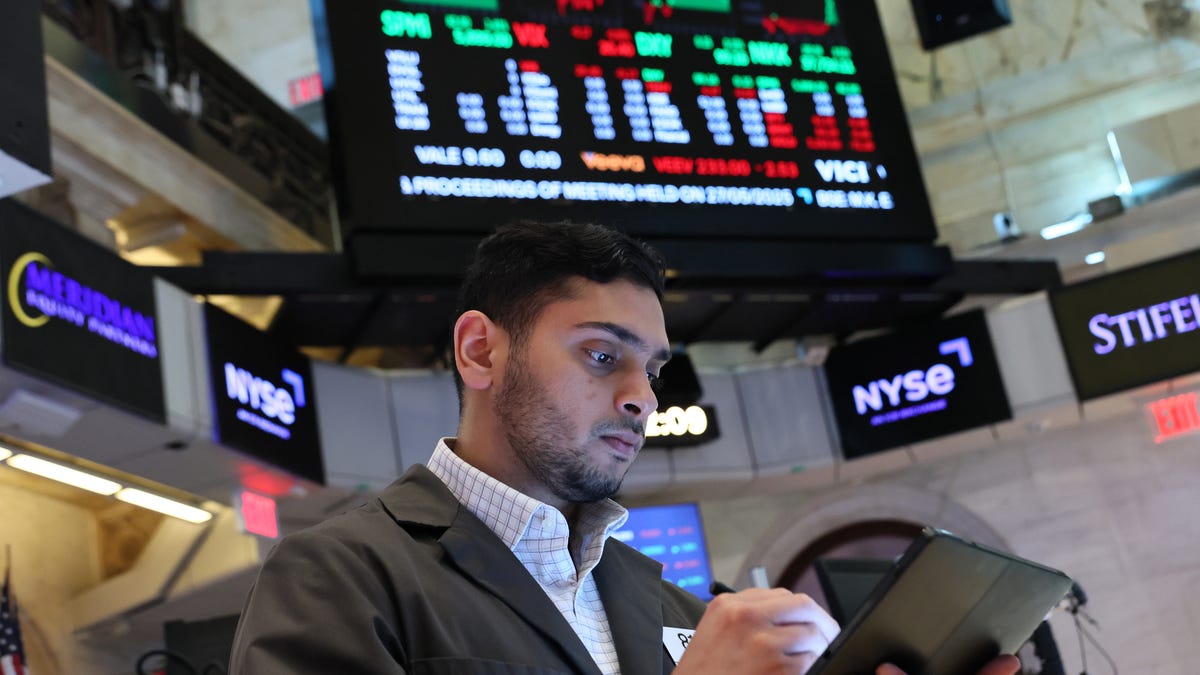Q: I’m seeing articles saying that the stock market is expensive. What does that mean? What should I do about it?
A: There is an endless struggle to ascertain when stocks are “cheap” or the opposite. Pundits use various measures of valuation to make their case. For example, the huge S&P 500 index of large American stocks has a well-known price to earnings ratio as one valuation (the price of all the stocks together divided by all their annual earnings added together). Another valuation is the price of stocks to the amount of sales made by the companies (seemingly at an all-time high for the same index currently).
Indeed, when we see extremes of valuation in either direction, it is often a clue of what the markets will do in the future. High valuations suggest a “return to the mean” — i.e. lower prices, and vice versa. But the timing of reversals is unpredictable and buying and selling based on this information is rarely profitable. In 1996, Federal Reserve Chairman Alan Greenspan made a famous speech warning that stock prices (driven by early tech companies) had reached “irrational exuberance.” The Dow 30 index closed that month around 6,500. But it then almost doubled over the next four years before the bear market of 2000 began. Those who were scared off in 1996 left a lot of money on the table for some time.
Another feature to consider is that at times only some of the stock market is expensive (or cheap). Even now, mostly large U.S. tech companies have dominated headlines (and prices) for many years, while small U.S. companies and many overseas companies have historically underperformed. Also, as we live in the USA, we tend to pay almost all our attention to prices of U.S. stocks. At the present, few people know that foreign developed countries (mostly Europe and Japan) are increasing in price more than the broad U.S. market this year. So, you must also consider just how your portfolio is allocated in making decisions on what is and what is not expensive.
At the present (summer 2025), large U.S. tech companies do indeed look expensive. This week alone a single stock (NVDIA) was worth 8% of the S&P 500 index — a record for a single stock. Yet it is hard to ignore the great enthusiasm for the future of artificial intelligence and other technology. Other factors that support the stock market include the possibility of lower interest rates.
So, what is one to do with all this? We know that trying to time the market and/or to concentrate in the best performing stocks ends up badly almost all the time (trust me on this). So, I’d say a rational approach is to do what always works best — to have an allocation that fits your goals and to stick with it for a very long time. It might be prudent to concentrate a little more money in those sectors that have not done as well, as hard as that is to do. And if the market takes one of its regular dives in price to low levels of valuation, that is usually a good time to step up your buying.
Being diversified and disciplined is the key to success, yet not the easiest path.
Steven Podnos, MD, is a fee-only financial planner in Central Florida. He can be reached at Steven@wealthcarellc.com and at www.WealthCareLLC.com.







